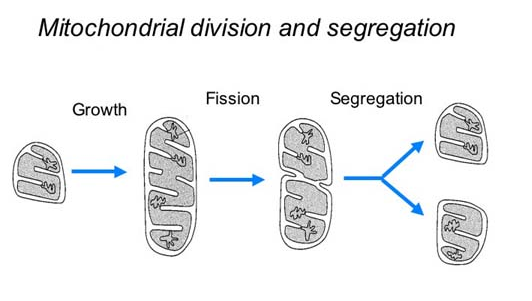What evidence supports the theory of endosymbiosis?
1 Answer
The gene expression processes in the mitochondria and chloroplast are similar to bacterial processes.
Explanation:
Both mitochondria (the organelle that produces energy) and chloroplast (photosynthetic machinery) have their own circular DNA. (The DNA molecules present in the nucleus of eukaryotic cells are in the form of strings and are not circular.) We know that circular DNA is more primitive as seen in all bacteria, linear DNA definitely evolved later.
Mitochondria and chloroplasts are both present in eukaryotic cells, but they can both undergo binary fission as they were prokaryotic cells. This process is schematically shown below.

( )
)
Gene expression involves DNA to RNA transcription and translation of RNA into protein. This whole machinery is present within mitochondria and chloroplast in prokaryotic condition (They are thus called autonomous organelles).
Therefore gene expression similar to the bacterial system can be regarded as evidence that supports the endosymbiotic theory of the origin of eukaryotic cells from prokaryotic cells.
